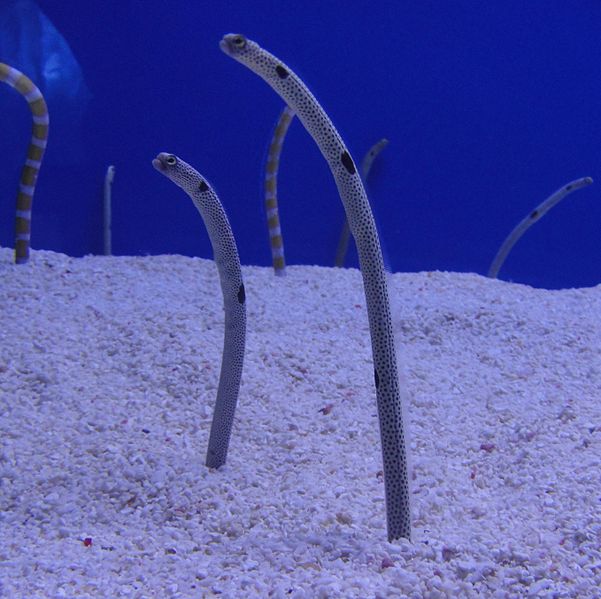
Before we get started with today’s Wild Fact, I wanted to take a moment to thank one of our young readers, Jamie. He has a strong passion for wildlife and it is very refreshing to see the young generation taking an interest in our natural resources. As a result of Jamie’s love for wildlife, he has been forwarding me a few (well, quite a few :)) animal suggestions. In fact, today’s featured animal, the Garden Eel, is one of his latest recommendations. So again, I want to thank Jamie for not only suggesting these great animals but for being an inquisitive student with a passion for wildlife conservation.
Okay…so who wants to learn about the ever intriguing Garden Eel?
The first thing you will probably notice about this member of the Conger Eel family is they appear to be growing out of the ocean floor. Well, they aren’t actually “growing” out of the ground but this perception has lead to their common name….after all, a group of these eel’s does resemble plants growing in a garden, doesn’t it? Instead of “growing” the Garden Eel is a burrower, who loves the swaying back and forth in the ocean, so they pop their heads out from their burrow. Don’t worry, if a predator comes, they are usually pretty quick at ducking back into the safety of their underground home.
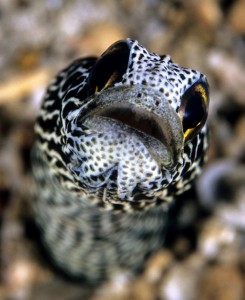
How in the world does an eel burrow into the ocean floor?
For starters, they make themselves very rigid by tightening all of their muscles – kind of like that guy at the beach trying to impress the sunbathing beauty – and driving their tail into the sandy ocean floor. Don’t worry, their body has a hard, protective layer that prevents them from being injured during this burrowing process. Once they have their underground home excavated, they will use the slime on their body to create a cement-like substance, stopping the burrow from caving in on them. I am still not sure if I am intrigued or grossed out by this slimy, cement-like substance…..actually, I think I am both.
Garden Eel Fast Fact
These incredible little eels prefer the company of other individuals. That’s right, they will typically be found living in colonies consisting of 100’s of Garden Eels, although the largest colony on record actually had thousands of these little creatures. That, my friends, would be an impressive site and I hope all of you get to witness these amazing animals at some point in your life.

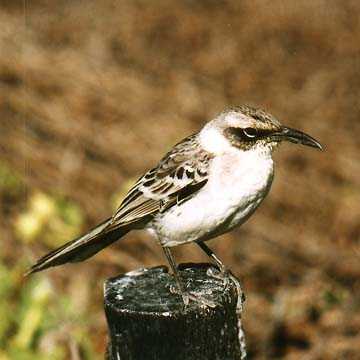
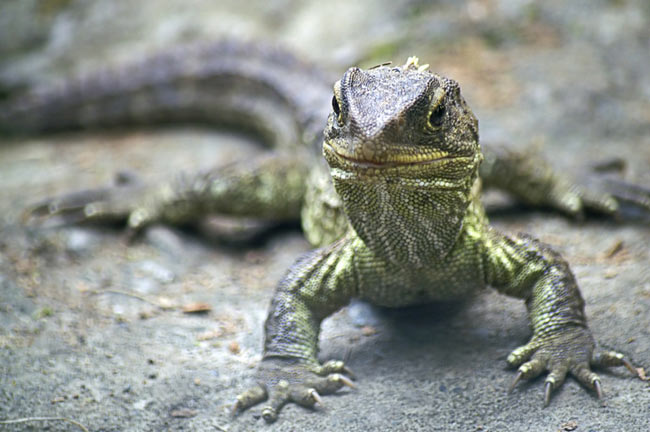
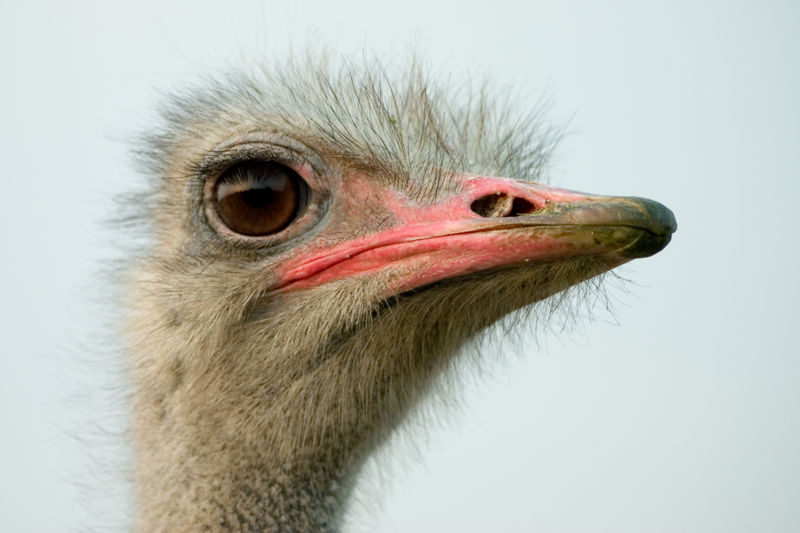
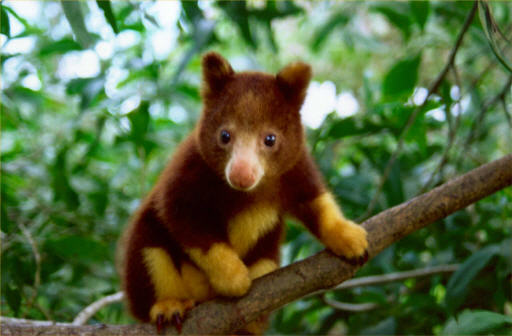
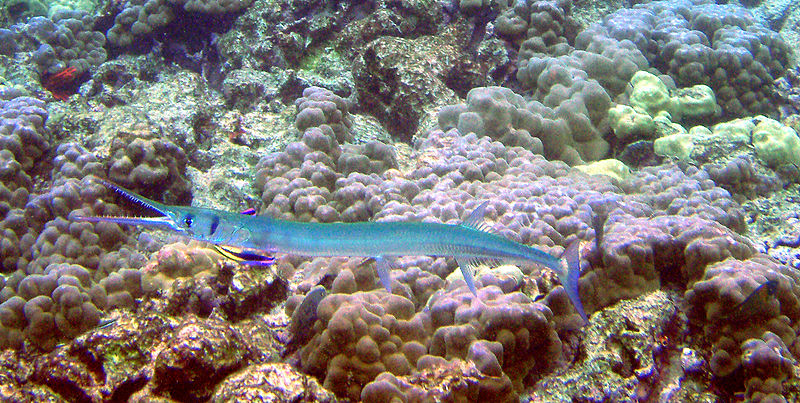
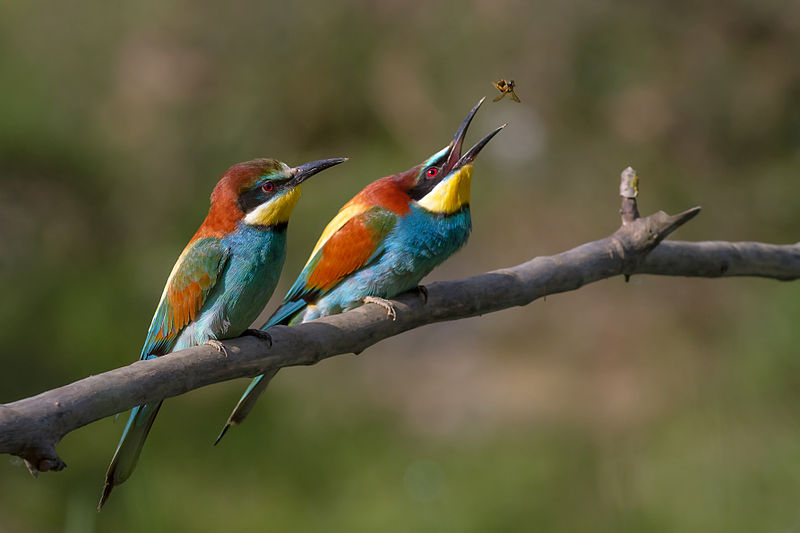
Wow thanks I am doing a progect and you helped with some facts